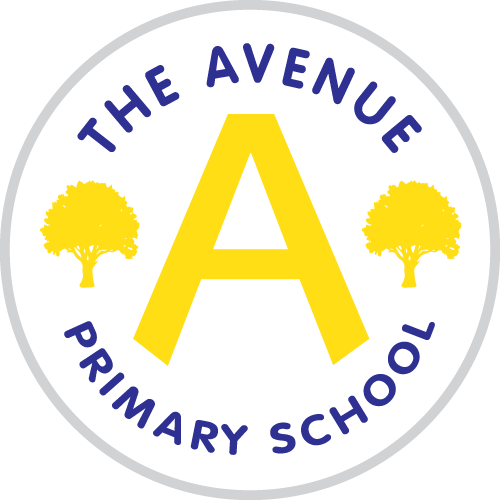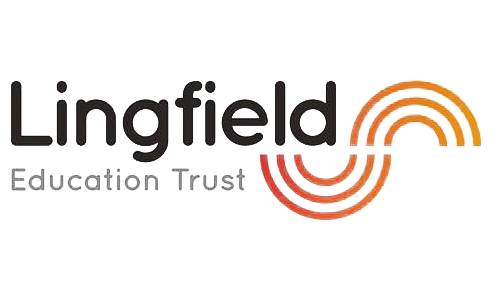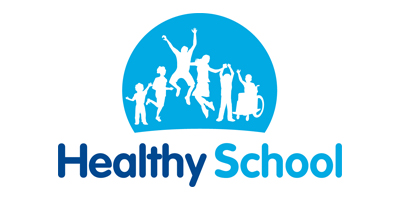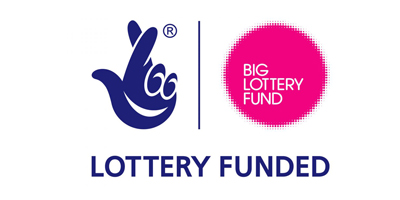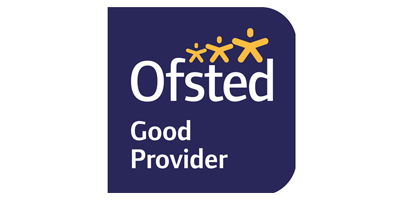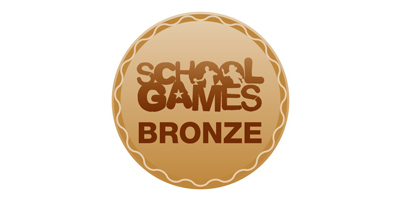
From Reception onwards children are taught Phonics through the ‘Sounds Write’ Phonic Programme. Its purpose is to provide classroom professionals with a comprehensive system with which to teach reading, spelling and writing. The programme focuses on three key skills:
- Segmenting – (splitting a word up into its sounds)
- Blending – (recognising the sounds in a word and putting them together)
- Phoneme manipulation – (ability to change or move individual sounds in a word to make a new word)
And 4 key concepts:
- Letters are used to spell individual sounds. (Symbols for the sounds we make). What sound do you say for this?
- Each sound may be written in more than one way. (c k ck- same sound written differently)
- Many sounds may be written in more than one way.
- Many spellings represent more than one sound. (ow – cow ow – snow)
The programme starts in Reception with the Initial Code.
This teaches all of the letters of the alphabet and simple CVC (consonant, vowel, consonant) words only are introduced. As the programme progresses, the complexity of one-syllable words is increased to four-, five- and six-sound words of the structure CVCC, CCVC, CCVCC/CCCVCC, before introducing the most common consonant digraphs such as ch sh, ng, th, wh.
Words which cannot be sounded out are also taught throughout. Words such as I and was.
Thereafter, from Y1 onwards, all the remaining common vowel and consonant sound to spelling correspondences are taught until all the common spellings for the forty-four sounds in English have been covered. In parallel with this, pupils are taught how to read and spell polysyllabic words, progressing from two-syllable to five- and six-syllable words.
